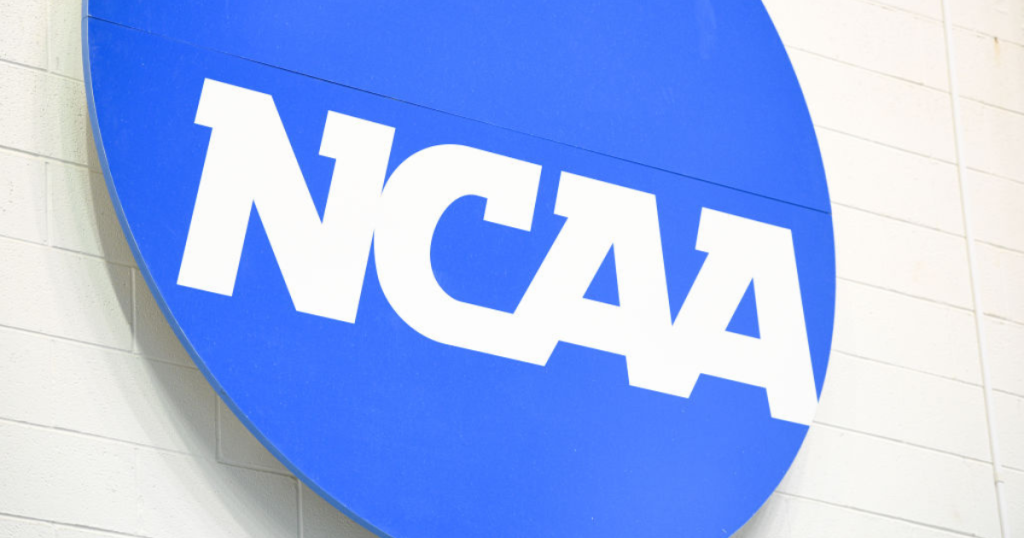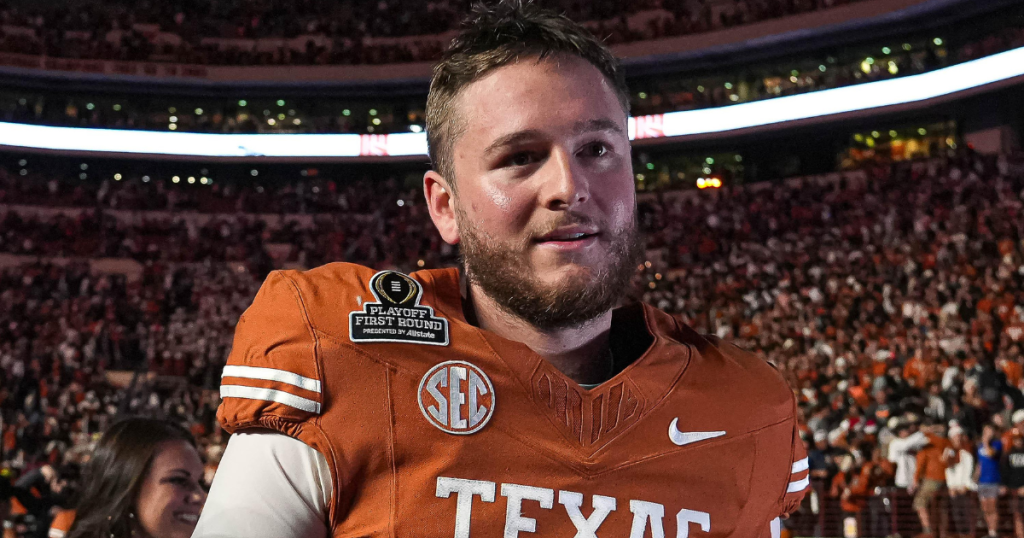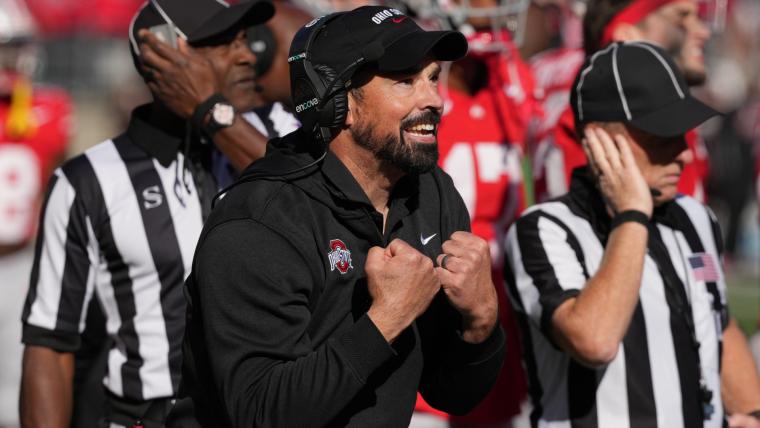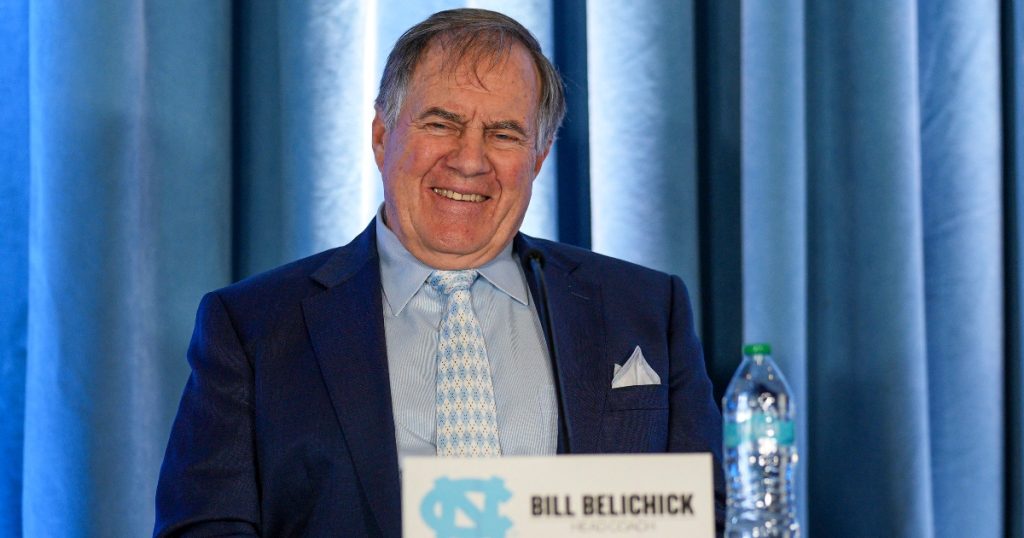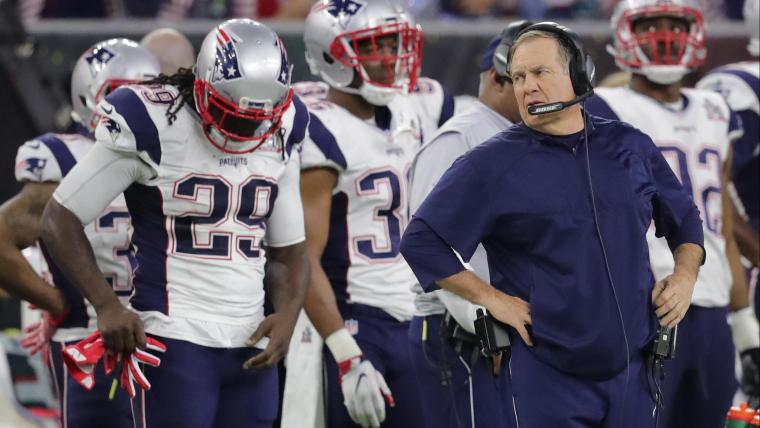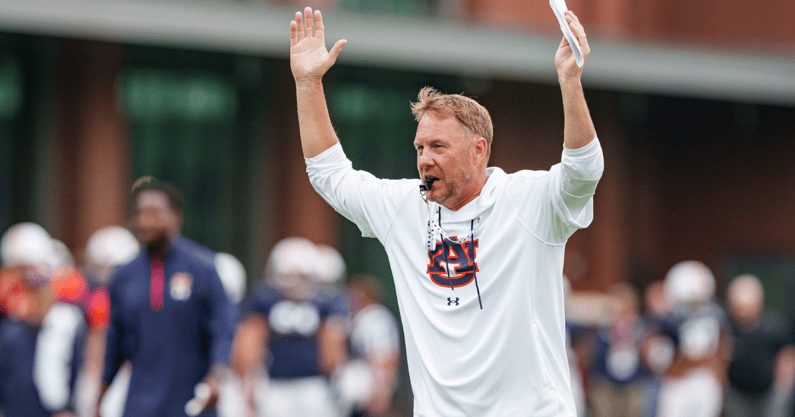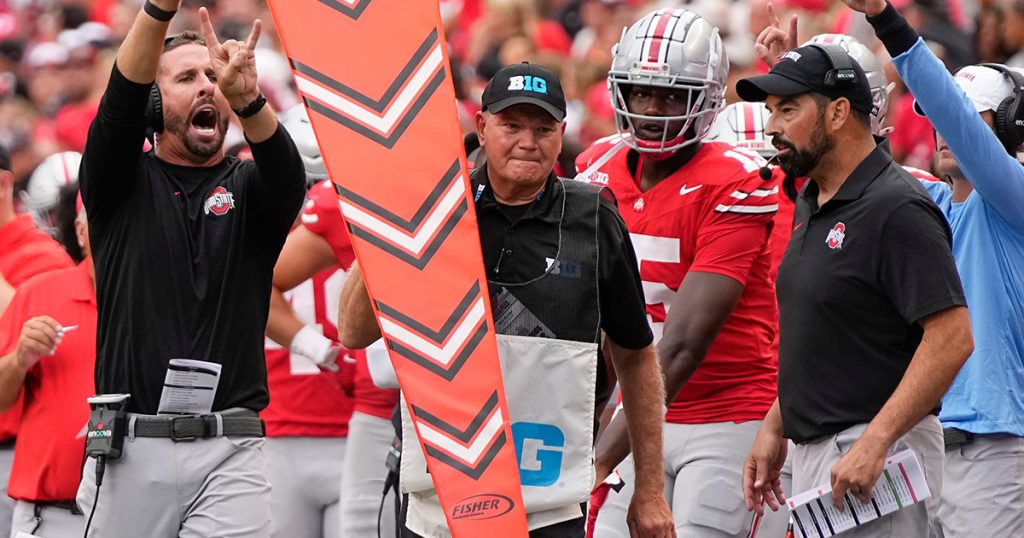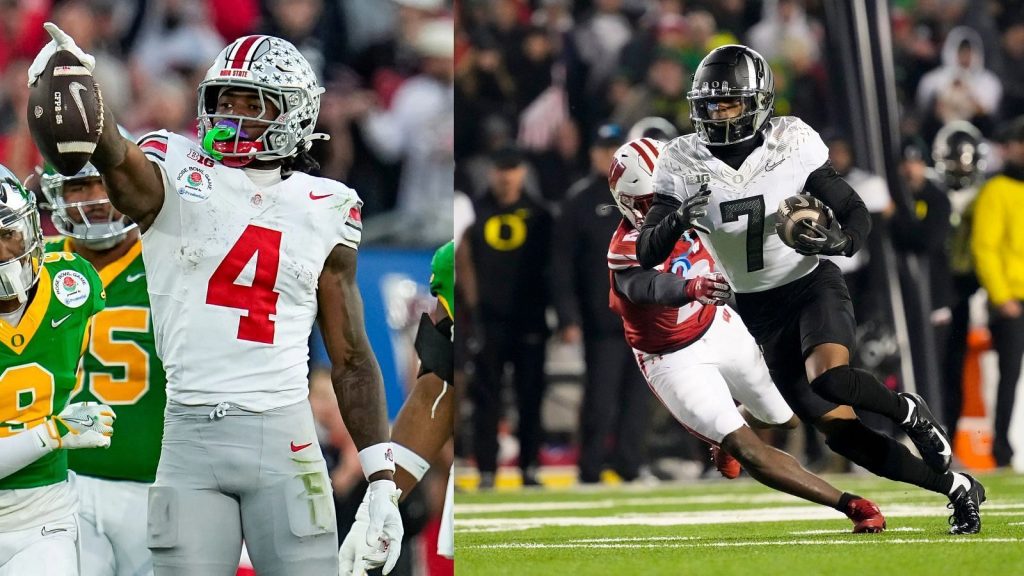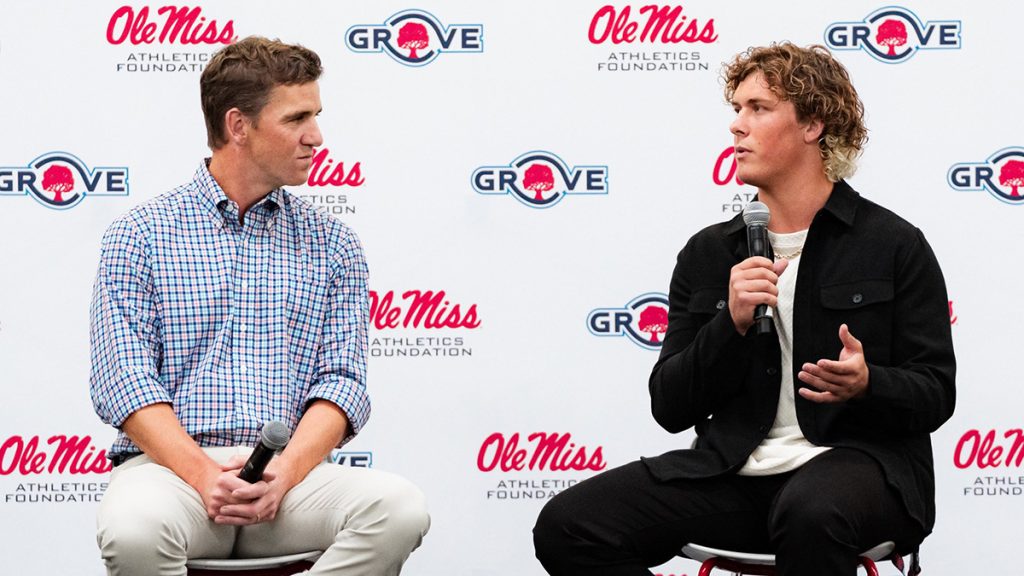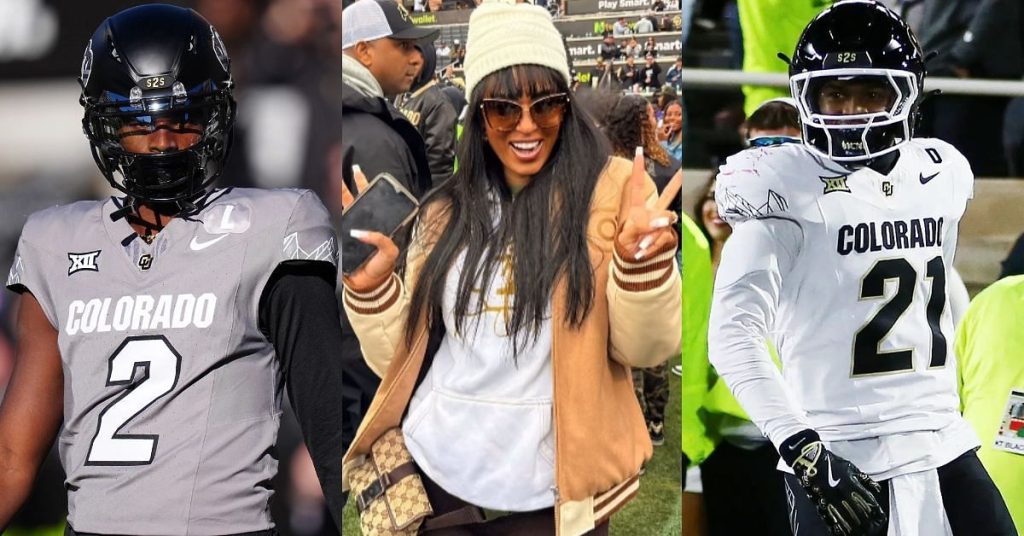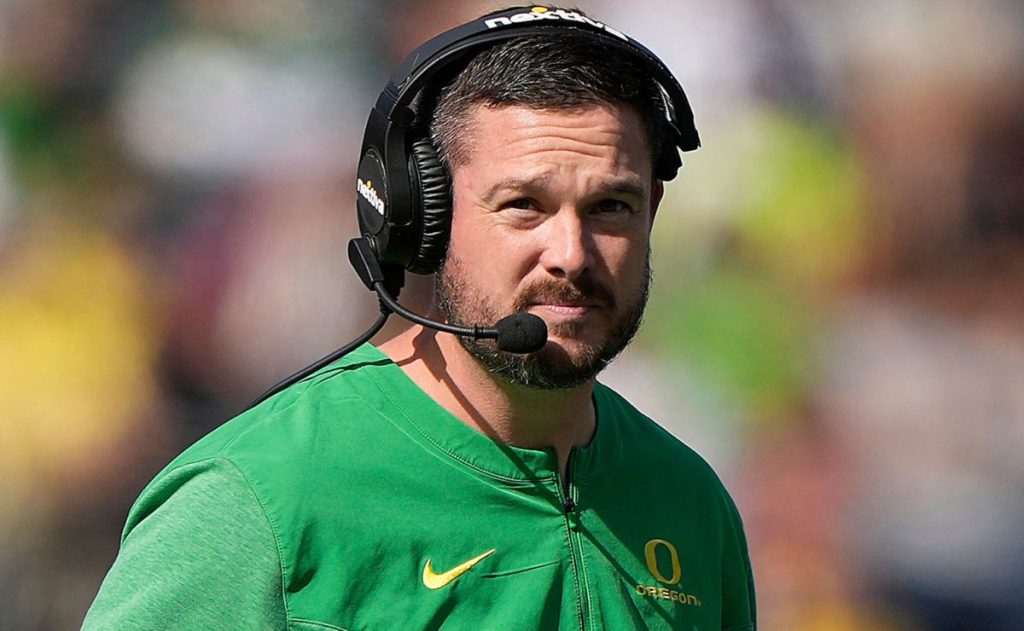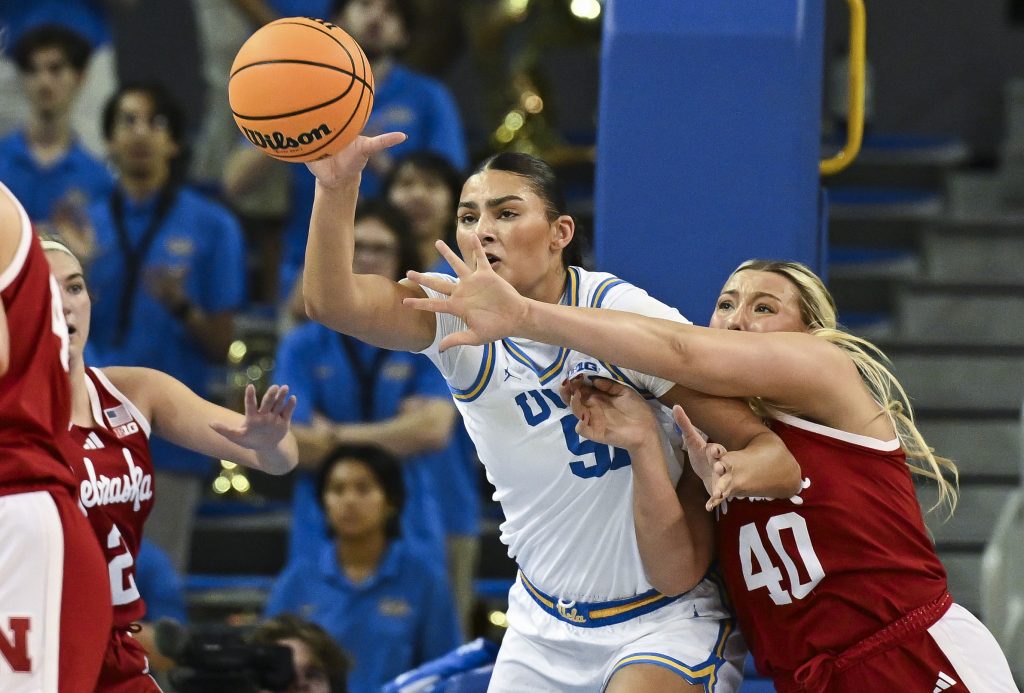The NCAA is taking significant steps to align its policies with President Donald Trump’s recent executive order regarding transgender athletes in women’s sports. This announcement, made by NCAA president Charlie Baker, marks a pivotal moment in the ongoing debate surrounding inclusivity and fairness in college athletics.
Understanding the Executive Order
President Trump signed the executive order, titled “Keeping Men Out of Women’s Sports,” during a ceremony on Wednesday. This order aims to restrict the participation of transgender athletes in women’s sports, asserting that allowing men to compete in these categories is “demeaning, unfair, and dangerous to women and girls.” The order emphasizes that educational institutions receiving federal funds cannot deny women an equal opportunity to participate in sports, in line with Title IX of the Education Amendments Act of 1972.
The executive order goes further, stating that ignoring “fundamental biological truths” between the sexes deprives women of meaningful access to educational facilities. It establishes a clear policy: the U.S. government will rescind funds from educational programs that compromise fair athletic opportunities for women and girls. This move is framed as a matter of safety, fairness, dignity, and truth.
NCAA’s Response to the Changing Landscape
In light of this executive order, the NCAA Board of Governors is actively reviewing the implications and will take necessary steps to align NCAA policy accordingly. Baker noted that the organization seeks to provide clear, consistent, and uniform eligibility standards that better serve today’s student-athletes. He emphasized that a patchwork of conflicting state laws and court decisions creates confusion and uncertainty for athletes across the nation.
“The NCAA is an organization made up of 1,100 colleges and universities in all 50 states that collectively enroll more than 530,000 student-athletes,” Baker stated. This highlights the vast impact that the NCAA’s policies have on a significant number of young athletes. The organization aims to foster welcoming environments on campuses for all student-athletes, and it stands ready to assist schools in supporting any affected individuals.
Seeking Clarity in a Complex Situation
Baker previously expressed the NCAA’s desire for more legal clarity regarding the participation of transgender athletes in college sports. He estimated that there are currently fewer than 10 transgender athletes competing at the collegiate level. However, the landscape is rapidly evolving, and the need for a clear understanding of the rules is more pressing than ever.
“You have federal judges ruling on individual cases. You have 26 or 27 states with one set of rules, and a whole bunch of states with other sets of rules,” Baker explained. This inconsistency can lead to confusion for athletes, coaches, and administrators alike. The NCAA’s move to align with federal guidelines aims to create a more uniform approach that can be applied across the board.
The Broader Implications for College Sports
The implications of this executive order extend beyond just the NCAA. It reflects a broader national conversation about gender, identity, and fairness in sports. Many educational institutions and athletic associations have allowed transgender individuals to compete in women’s sports in recent years, but this order seeks to change that narrative.
The executive order articulates a concern that allowing transgender women to compete against cisgender women undermines the integrity of women’s sports. It raises questions about the future of inclusivity in athletics and the balance between fairness and equality. As the NCAA navigates this complex issue, it must consider the voices of all stakeholders involved, including athletes, coaches, and advocacy groups.
Looking Ahead: The Future of NCAA Policies
As the NCAA moves forward with its policy review, it is essential to keep in mind the diverse perspectives within the college sports community. The organization has a responsibility to ensure that all student-athletes feel valued and supported, regardless of their gender identity. This is no easy task, especially in a climate where opinions on this issue are deeply polarized.
The NCAA’s commitment to fostering welcoming environments is commendable, but it must also address the concerns raised by the executive order. How will it balance the need for fair competition with the rights of transgender athletes? What measures will be put in place to ensure that all student-athletes have the opportunity to compete at the highest levels?
In the coming days, the NCAA will be working diligently to align its policies with federal guidelines while also considering the unique needs of its diverse athlete population. The outcome of this review could have lasting effects on college sports, shaping the landscape for years to come.
As this situation unfolds, one thing is clear: the conversation around gender and athletics is far from over. The NCAA’s actions will be closely watched, and the decisions made will resonate throughout the world of college sports. Will they find a way to create a fair and inclusive environment for all? Only time will tell.

